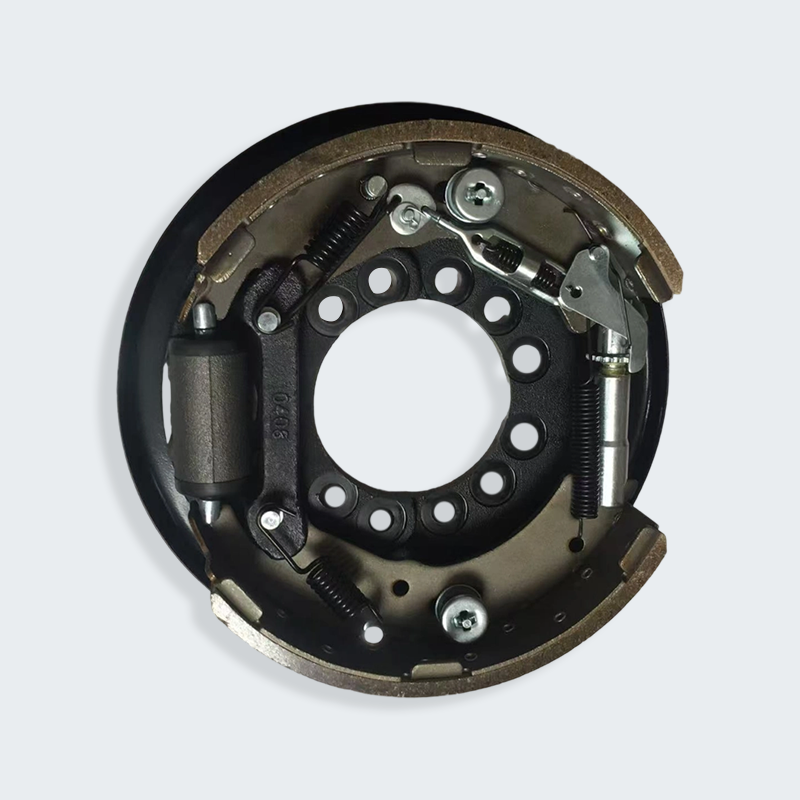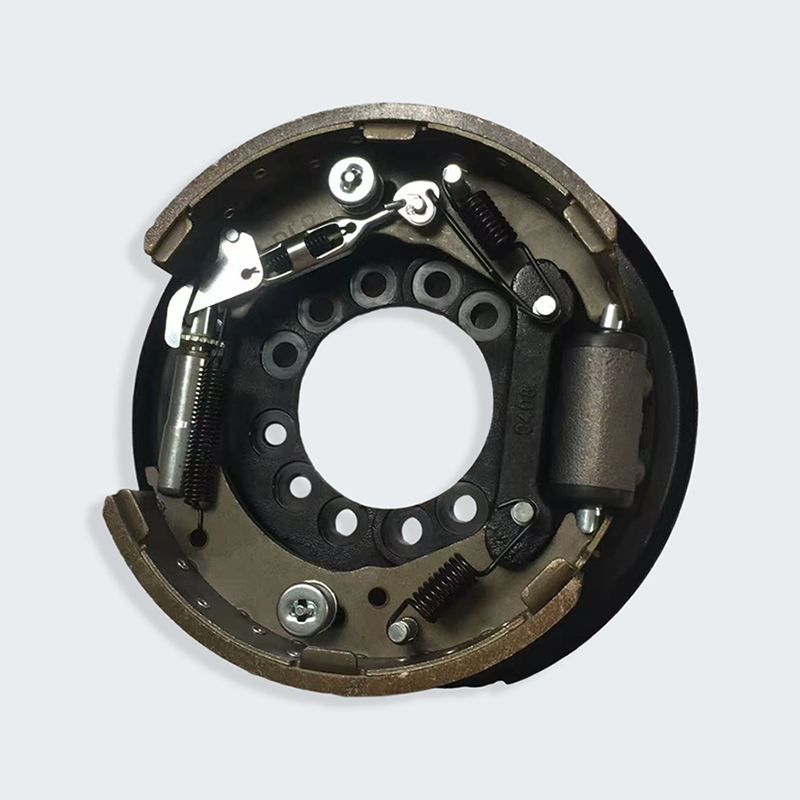professional enterprise engaged in the wholesale of forklift parts











A100 Hangcha forklift 10 ton left (double pumps) brake assembly

A100 Hangcha forklift 10 ton right (double pumps) brake assembly



A brake assembly is responsible for generating the necessary friction to slow down or stop movement efficiently. It consists of multiple integrated parts, including brake shoes or pads, a caliper or wheel cylinder, and a rotor or drum, all working together to provide reliable braking performance. In industrial and automotive applications, brake assemblies are engineered for durability and precision, ensuring consistent braking force even under demanding conditions.
The primary advantage of a brake assembly is its ability to enhance both safety and operational efficiency. A well-designed assembly ensures uniform braking pressure, reducing wear on individual components and extending service life. High-quality materials and precision manufacturing contribute to stable braking performance, preventing overheating and brake fade during continuous use. Whether in heavy-duty machinery, forklifts, or automobiles, a properly maintained brake assembly is essential for ensuring smooth operation, minimizing downtime, and improving overall vehicle control.
Enterprise establishment

Employees

Among the vast systems of a vehicle, one component is irreplaceable and directly impacts the safety of life and property: the brake assembly. The brake assembly, developed by Zhuji Prebo Brake System Technology Co., Ltd., is far more than just a "brake pad" or "brake disc"; it is a sophisticated, coordinated system.
1. Main Function
The brake assembly is a complex system that integrates mechanical and hydraulic (or pneumatic, or electric) technologies. Its core mission is to controllably and reliably slow or stop the vehicle, and to maintain a stable stop when necessary.
Service braking is the most basic and critical function. When the driver applies the brake pedal, the assembly converts pedal force into a tremendous frictional force, counteracting the vehicle's kinetic energy, achieving controlled deceleration and emergency stopping. It is the ultimate safety guarantee for handling unexpected road situations.
The parking brake, commonly known as the "handbrake," uses a mechanical device (such as a cable or electronic actuator) to lock the brakes on the rear wheels or driveshaft, ensuring the vehicle remains stable on slopes or flat roads and preventing accidental roll. In the unlikely event of a service brake system failure, a well-designed braking system (such as a dual-circuit hydraulic system or an independent parking brake system) can provide backup braking force, enabling a secondary deceleration and stop, minimizing risk.
2. System Advantages and Features
Reliability and Stability
Key components within the assembly, such as the brake discs/drums, friction pads, and calipers, are constructed from specialized, high-temperature, and wear-resistant materials (such as high-carbon ventilated discs, ceramic-based brake pads, and high-phosphorus cast iron drums). This ensures the system maintains stable and powerful braking force even under the high temperatures generated by frequent braking, with excellent resistance to thermal fade.
Sensitive Responsiveness and Linear Control
Thanks to the vacuum booster and sophisticated hydraulic/electronic control system, the driver only needs minimal pedal force to achieve powerful and linear braking. This instantaneous, controllable braking force provides drivers with confidence and significantly enhances handling safety.
Strong Environmental Adaptability and Technological Diversity
Disc brakes: Fast heat dissipation, responsiveness, and excellent water drainage make them a mainstream feature on modern passenger car front wheels, offering exceptional performance.
Drum brakes: High braking force, low cost, and a closed structure for dust resistance make them widely used on the rear wheels of commercial vehicles and economy vehicles.
Wet brakes: Commonly found in construction machinery and heavy-duty forklifts, these brake components are sealed in oil, resulting in an extremely long lifespan, maintenance-free operation, and resistance to harsh environments, making them an ideal choice for heavy-duty applications.
Electronic braking systems (such as EPB, ABS, and ESC): Integrated electronic control enables advanced features such as automatic parking, anti-lock braking, and side-slip protection, elevating braking safety to an intelligent level.